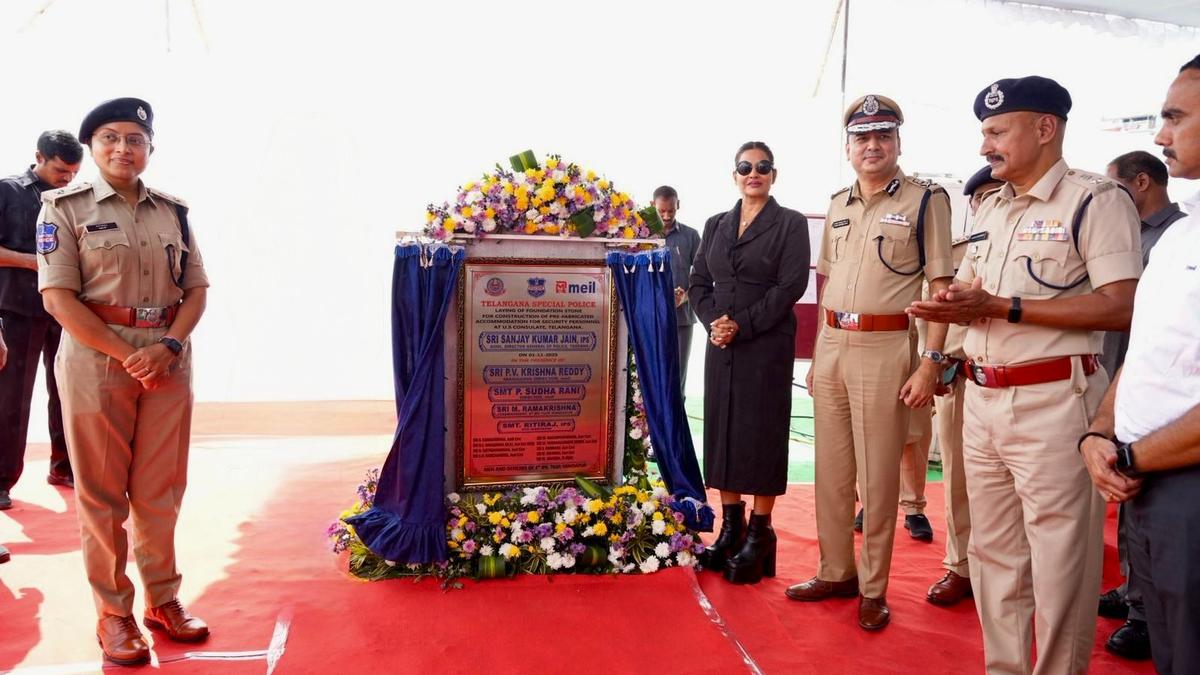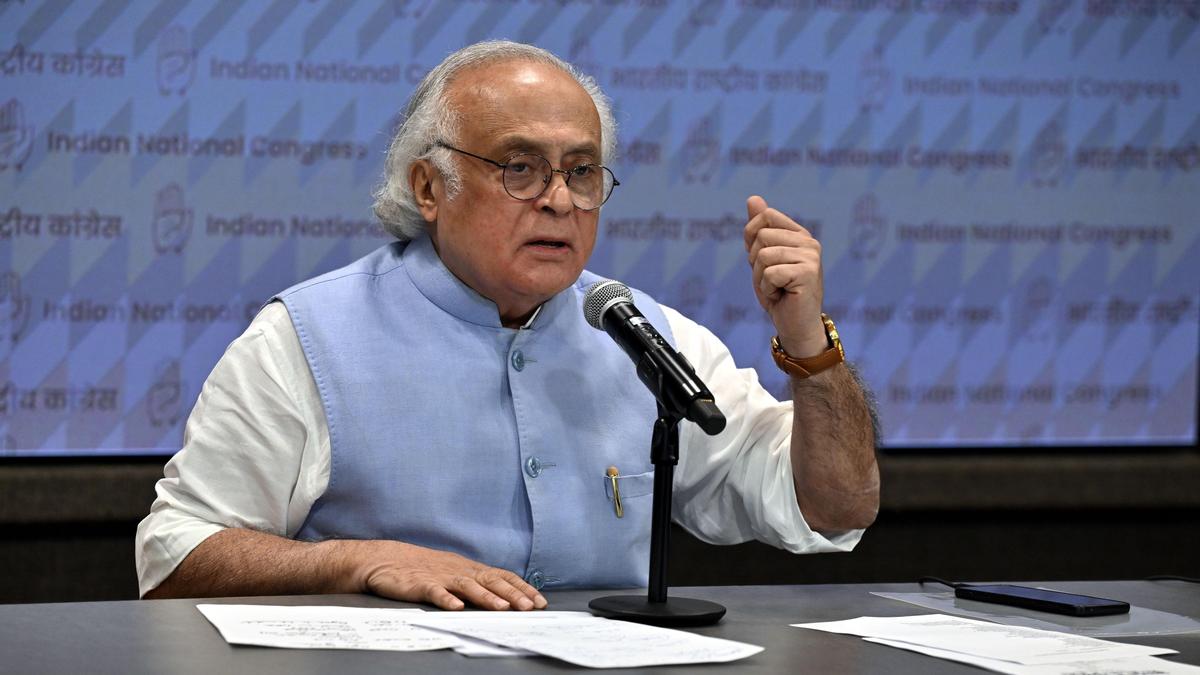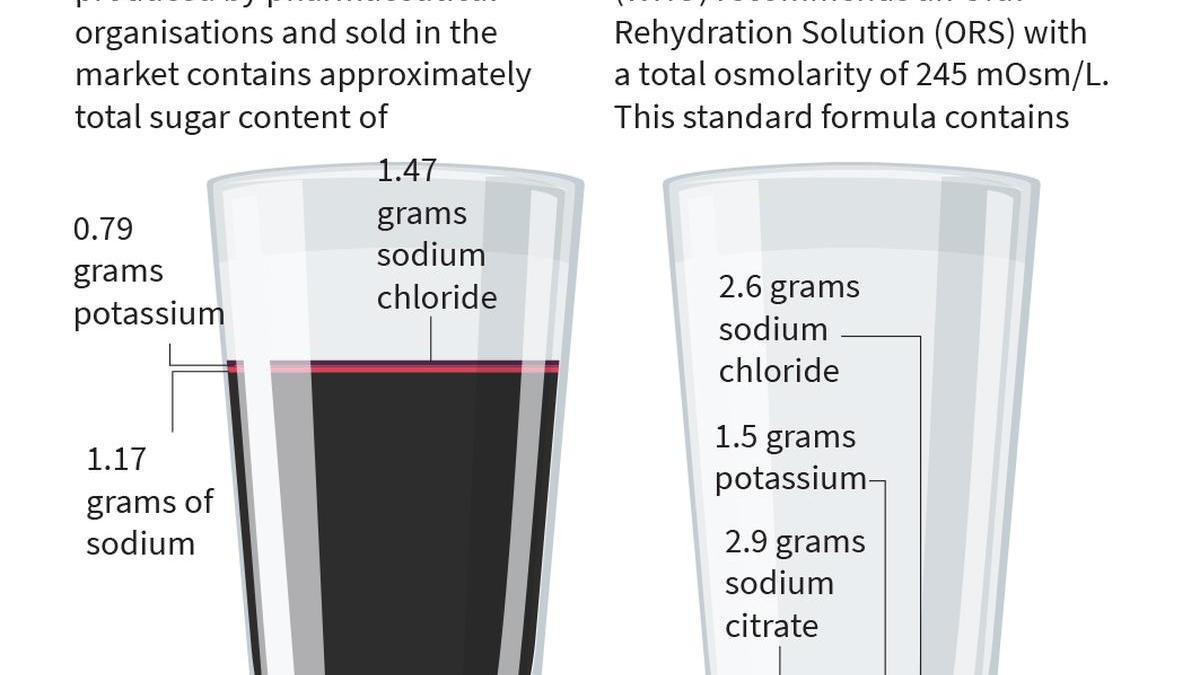Few regions in India have suffered as much pain as Bastar, and few today show as much promise. For decades, this tribal heartland of Chhattisgarh lived under the shadow of violence and isolation. Today, the conversation is changing. Farmers can reach markets, children attend school without fear, and families access welfare benefits that once seemed out of reach.
This change has been made possible by joint efforts. The Centre, under the leadership of Prime Minister Narendra Modi, has extended full support to end Maoist violence. The moment is symbolic, as the Prime Minister just marked his 75th birthday while Chhattisgarh prepares to celebrate 25 years of Statehood in November. These milestones remind us that Bastar’s developmental revival is both a State and national achievement.
The return of peace was the first condition for change. Roads that once carried fear now carry buses to markets. Police camps, earlier seen as outposts of authority, are turning into spaces where health camps, sports events, and cultural programmes take place. It is no longer unusual to see children playing football alongside jawans, or villagers gathering for ration distribution. Such human connections have broken down old walls of mistrust and weakened the influence of Maoists.

But peace is not just the absence of conflict; it is also the presence of opportunity. People measure change in terms of whether their children can study, whether their mothers can receive medical and nutritional care, and whether their own labour finds dignity. In Bastar, these aspirations are beginning to find answers.
For years, the lack of schools denied tribal children the chance to imagine futures beyond survival. Not anymore. Anganwadi centres are running again, providing food and care. Girls are studying in Eklavya Model Schools and hostels. Scholarships are opening doors to colleges. Skill training in ITIs and centres across the region is preparing young men and women for dignified work. When I meet students in Dantewada or Narayanpur in the Bastar region, their confidence speaks louder than any report. They no longer dream of leaving Bastar— they dream of shaping it.
Women are at the centre of this new Bastar. Self-help groups are selling tendu leaves, tamarind, and other forest produce at fair prices. Community ‘haats’ or markets are alive again, linking artisans and buyers. Small businesses in food processing, tailoring, and crafts are being run with quiet determination. These are not only economic activities but acts of self-respect. A woman who earns from her skill not only feeds her family but also inspires her village.
Healthcare access
Healthcare was once the greatest gap. Villagers often walked for days to reach a hospital. Today, sub-health centres and mobile units are reaching deep into the forest. Poshan Vatikas in Dantewada and Bijapur are spreading awareness about healthy diets. Telemedicine is linking tribal families to doctors miles away. I recall meeting mothers in Bijapur who spoke of their relief that their children no longer miss vaccinations. For them, this is not just a service — it is hope that their children will live healthier lives than they did. Equally symbolic was the moment when, for the first time, the Tricolour was hoisted in remote villages, and electricity and health centres reached places where none had existed before.

In Puvarti, a remote village in Sukma that once drew notoriety as the birthplace of Maoist leader Hidma, a government hospital is now coming up. A medical team even treated Hidma’s ageing mother there after a security camp was established a year ago.
Tap water reaches villages
Access to water and connectivity has been another turning point. Jal Jeevan Mission has brought tap water to villages even in the remotest parts like Abujhmad. Solar-powered pumps now run in hamlets where electricity has only just arrived. Roads are steadily improving, but it is digital access that has transformed the younger generation. A girl in Narayanpur can now attend online classes, her family can sell produce in wider markets, and banking services reach her doorstep. This bridging of distances is perhaps the most visible sign that Bastar is no longer an isolated area. Electricity is illuminating lives in places where darkness once symbolised fear. On January 26, 2025, Republic Day, Bijapur’s Chilkapalli village received electricity for the first time. In March 2025, villages like Temenar and Pusukonta were connected, followed by Handawada in Abujhmad in April. With every connection, light has replaced fear and insecurity.
Behind every statistic is a life. In Kondagaon, young entrepreneur Ragini Jaiswal runs a nutrition unit, ensuring meals for women and children. In Narayanpur, tribal girls trained in tailoring are supplying uniforms to schools. These are not isolated cases but part of a larger wave of self-reliance. Bastar is not waiting for outsiders to define its future; its people are leading from within. With growing confidence and stability, the region is also signalling its readiness for responsible economic investment that complements local strengths.
In Bastar, the idea of the scheme ‘Niyad Nellanar’ — ‘My own village‘ in Gondi — is taking shape. It means that no household is left behind, whether in access to food, education, livelihood, or dignity. As Chief Minister, I see it as my responsibility to ensure that the State’s role is to support and empower, while people themselves carry the dream forward. Our target of eliminating Maoist violence by March 2026 will not be achieved solely through security operations, but by expanding opportunities and welfare. Through this initiative, basic facilities such as roads, schools, healthcare, and communication are reaching the most remote corners. In 327 villages within a five-kilometre radius of security camps, 81,090 Aadhaar cards and 49,239 Ayushman cards have been issued. Additionally, 5,885 families are receiving Kisan Samman Nidhi, and 2,355 people have benefited from the Ujjwala Yojana. More than 98,000 people are accessing free food grains through ration cards. These villages have also seen 21 all-weather roads, 635 new mobile towers, 18 new fair price ration shops, and nine new sub-health centres. The coverage of this scheme has now been extended to 10 kilometres.
For the first time, the Tricolour was hoisted in 29 villages across Bijapur, Narayanpur, and Sukma where the Maoist red flag once stood as a symbol of fear. Villages such as Kondapalli, Jidapalli, Wathewagu, Karregutta, Pidia, Pujarikanker, and Bhimaram in Bijapur; Garpa, Kachhapal, Bedmakotti, Kandulnar, and Raynar in Narayanpur; and Gomguda, Gollakunda, Nulkatong, and Uskawaya in Sukma witnessed the national flag for the very first time — a historic milestone of integration and pride.
One of the oldest habitats of the country, Bastar has the richest tribal culture and civilisation. Its history is well documented. But over the last several decades, Maoist violence with guns, explosives, and landmines has disturbed, killed and destroyed the most peace-loving people. We have overcome this violent scene at a fast pace. We are also committed to restoring its invaluable culture.
This year carries special meaning. As Chhattisgarh completes 25 years, Bastar too is stepping into a new chapter. Its story — from conflict to confidence, from fear to dignity—is proof that democracy, when combined with peace and inclusive development, can heal even the deepest scars. For our State, it is the lifting of a long shadow. For the nation, it is an assurance that one of its most fragile regions is turning into a centre of strength. Bastar’s peace is not only our State’s achievement—it is India’s gain and the success of our democracy.

 15 hours ago
5
15 hours ago
5








 English (US) ·
English (US) ·